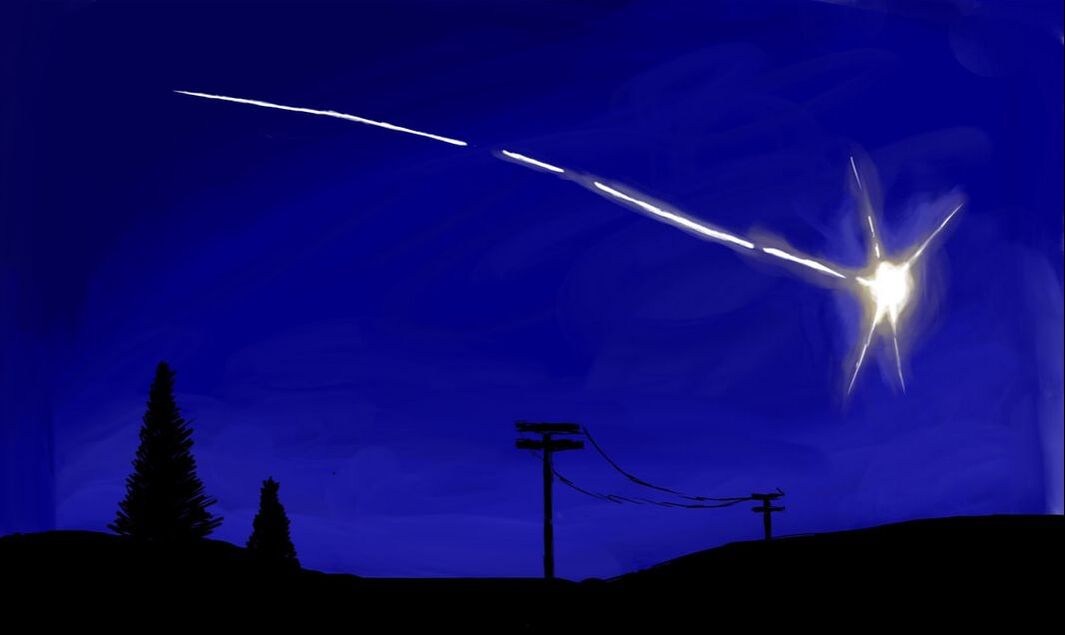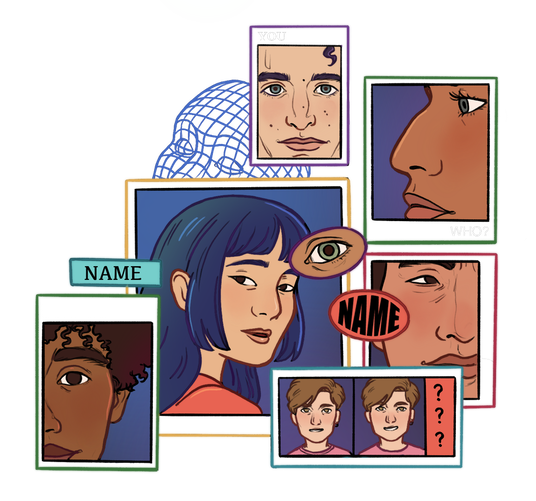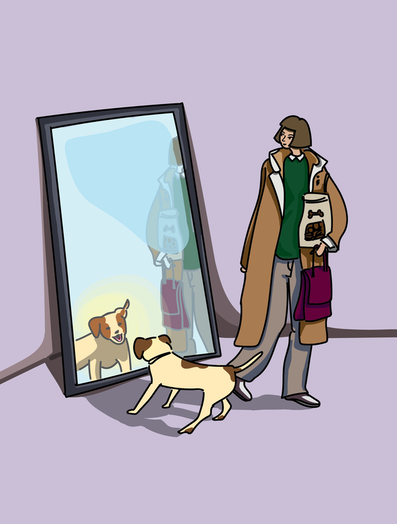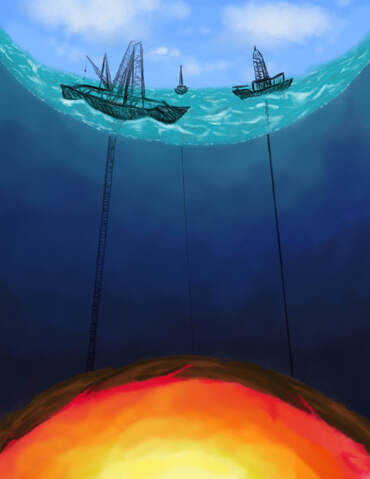|
Have you ever gotten the late night cravings and found yourself regrettably stumbling around JJ’s place at 2 am? If you have, you might find solace in the fact that your yearning for greasy food isn’t completely dependent on your conscious decisions. In fact, there is actually an intricate communication network between your brain and gut biome that can impact your cognitive functions and emotions.
0 Comments
Alzheimer’s Disease, a type of dementia, affects more than 24 million people worldwide, and its epidemiology can be traced back to as early as 600 CE. The disease is often described as a living death — memories fade to black, the brain fails to retain information, mood swings set in, and appetite dwindles. While a person suffering from Alzheimer’s is living, in real-time, the brain’s hard drive is erasing itself. Since its first documentation, the disease has been widely misunderstood: societies in the Middle Ages perceived Alzheimer’s as a punishment for the patient’s sins. Similar stigmatization of the disease is evident throughout history as seen in “A history of Alzheimer’s.” It describes how patients with Alzheimer’s “were representative victims of a witch hunt that was widespread over the 14th and 15th centuries.” This demonized Alzheimer’s till the 1800s, when research on the disease began. It wasn’t until 1910 that Alzheimer’s Disease received the name the world now recognizes.
Taking out our phones and spending a few minutes scrolling through an endless sea of content before bed has become a habitual part of many of our lives. This act not only puts stress on our sleep schedules, but also impacts our overall quality of sleep. Experts recommend not looking at blue light sources, such as cell phones, for at least an hour before going to bed. Blue light is similar to the natural light produced by the sun, which can confuse our circadian rhythm and disrupt our melatonin product. Since melatonin controls the REM cycles of sleep, scrolling through our phones before bed can make us feel wide awake despite our body needing rest. Yet despite the widespread teaching of these negative health impacts, actually putting down the phone before bed can be a challenge.
By Charles Bonkowsky Instead of watching the Super Bowl, you could have been watching a meteor slam into the Earth’s atmosphere. On the night of February 12, astronomer and geology professor Krisztian Sarneczky spotted the asteroid from the Konkoly Observatory in Hungary, and realized that its trajectory was likely bringing it onto a collision course with Earth. Following the usual protocol, he reported it to the Minor Planets Center (MPC), a database that alerts other astronomers about potentially interesting Solar System objects. Once the entry was published, telescopes across Europe and the ESA confirmed his predictions—and alerted people to point their cameras at the sky for the spectacular fireball. Humankind has long sought the cures to diseases—from cancers to osteoporosis—on Earth. Even as the rainforests continue to reveal natural medicinal compounds and biochemical labs synthesize complex pharmaceuticals, each advancement only brings forth millions of unanswered questions concerning the human body and its health. Yet, what if humankind has been looking in the wrong place for these answers? What if the solutions to disease aren’t found on Earth at all but rather in the stars? By Lauren Goralsky “You look familiar. How do I know you?” Walking down the street, attending class, or going to the grocery store, people often ask themselves this question. At times, it may seem that each face is a part of a homogeneous sea. Humans generally share the same basic facial features and expressions across cultures. Yet, our brains have the impressive capacity to distinguish between and identify approximately 5000 faces. So, how exactly are we able to do this? Do you sometimes see your dog barking at itself in the mirror and wonder, “is he okay?”. Does he understand that he is seeing his own reflection? Does he understand that he is a “he”, an animal, a being with a brain? By Angel Latt It’s the most wonderful time of the year! In addition to the rampaging COVID-19 pandemic, we are entering the season of sniffly and stuffy noses, coughs and congestion, and piles of negative rapid tests as we self-diagnose ourselves with the common cold. We blame the rapid drop in temperature or our slightly sick friends we hung out with too closely or even the flu virus. We all have our own little remedies to treat our colds, whether through prescription painkillers or homeopathic teas and salves, we battle off our seasonal colds. However, what is the common cold exactly? Where does it come from? How is it different from the flu? Having gone through this inner turmoil myself recently, I did some digging. By Charles Bonkowsky Mantle geologists have it rough. In its pure form, a sample of the Earth’s red-hot mantle would provide innumerable insights, answering long-standing geologic questions ranging from the precise elemental composition of the planet’s interior to how seismic waves travel. But it’s getting one that’s the tough part. Standing between us and the mantle is several miles of solid rock—that is, the Earth’s crust—and the only way to reach the mantle is straight through. |
Categories
All
Archives
April 2024
|






